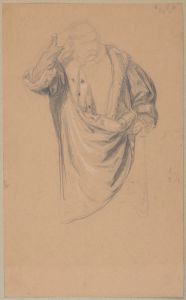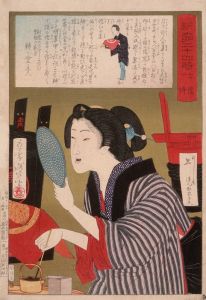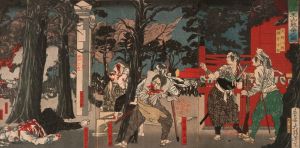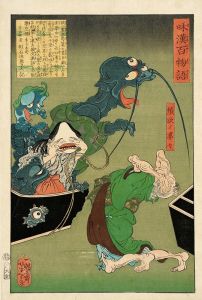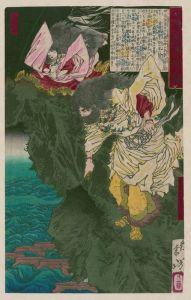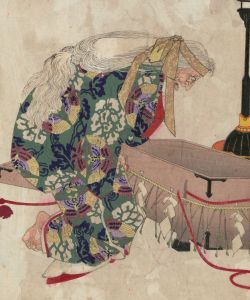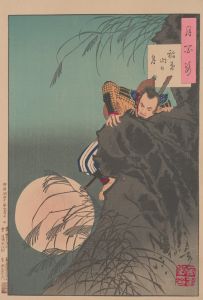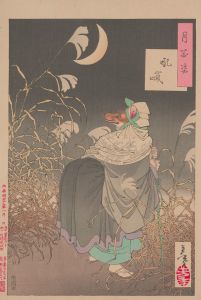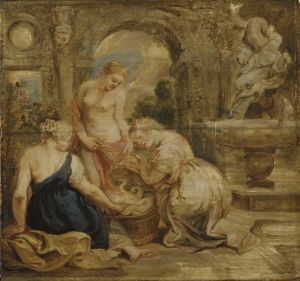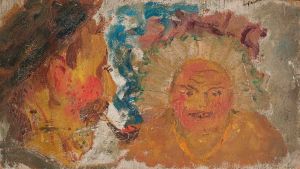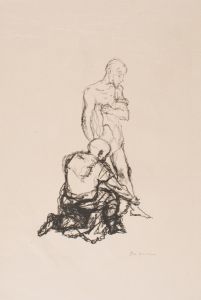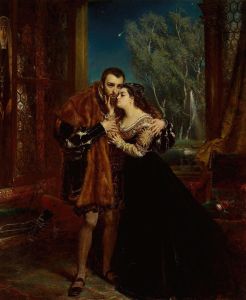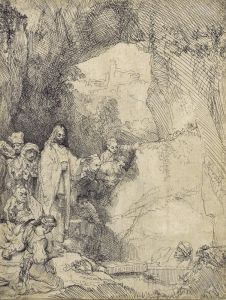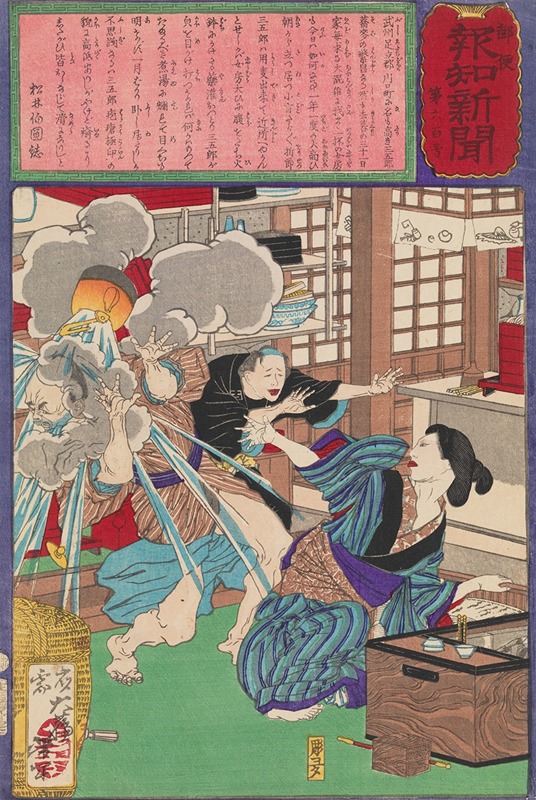
Wife of Sangorō Scalds Her Husband’s Face with Boiling Water
A hand-painted replica of Tsukioka Yoshitoshi’s masterpiece Wife of Sangorō Scalds Her Husband’s Face with Boiling Water, meticulously crafted by professional artists to capture the true essence of the original. Each piece is created with museum-quality canvas and rare mineral pigments, carefully painted by experienced artists with delicate brushstrokes and rich, layered colors to perfectly recreate the texture of the original artwork. Unlike machine-printed reproductions, this hand-painted version brings the painting to life, infused with the artist’s emotions and skill in every stroke. Whether for personal collection or home decoration, it instantly elevates the artistic atmosphere of any space.
Tsukioka Yoshitoshi (1839–1892) was a prominent Japanese ukiyo-e artist known for his innovative and dramatic woodblock prints. One of his works, Wife of Sangorō Scalds Her Husband’s Face with Boiling Water, is part of his series Twenty-Eight Famous Murders with Verse (Eimei nijūhasshūku), created in 1867. This series is notable for its vivid and often gruesome depictions of historical or legendary acts of violence, reflecting the public's fascination with sensational stories during the late Edo period.
The print portrays a dramatic moment in which a woman, identified as the wife of Sangorō, pours boiling water onto her husband’s face. The scene is rendered with Yoshitoshi’s characteristic attention to detail and emotional intensity, capturing the violence and tension of the act. The composition emphasizes the physical and psychological drama, with the wife’s determined expression contrasting with her husband’s reaction to the scalding water. The use of bold lines and striking colors enhances the impact of the image, a hallmark of Yoshitoshi’s early work.
The Twenty-Eight Famous Murders with Verse series was created during a time when public interest in crime stories and kabuki theater was high. Many of the prints in the series are inspired by real-life events, kabuki plays, or historical accounts, though the exact sources for each print are not always clear. The series combines graphic depictions of violence with accompanying kyōka (comic or satirical poems), adding a layer of literary commentary to the visual narrative.
Yoshitoshi’s work during this period reflects the transitional nature of Japanese society in the late Edo and early Meiji eras. While ukiyo-e was traditionally associated with themes of beauty, entertainment, and the floating world, Yoshitoshi’s focus on darker, more violent subjects marked a shift in the genre. His ability to convey complex emotions and dynamic action in his prints set him apart from his contemporaries and solidified his reputation as one of the last great masters of ukiyo-e.
The exact historical or literary context of the story depicted in Wife of Sangorō Scalds Her Husband’s Face with Boiling Water is not well-documented, and it is unclear whether it is based on a specific incident or a fictional narrative. However, the print remains a striking example of Yoshitoshi’s skill in portraying dramatic and unsettling scenes, as well as his ability to engage viewers with both visual and textual elements.
This work, like others in the series, exemplifies the intersection of art, literature, and popular culture in 19th-century Japan, offering insight into the themes and aesthetics that captivated audiences of the time.





